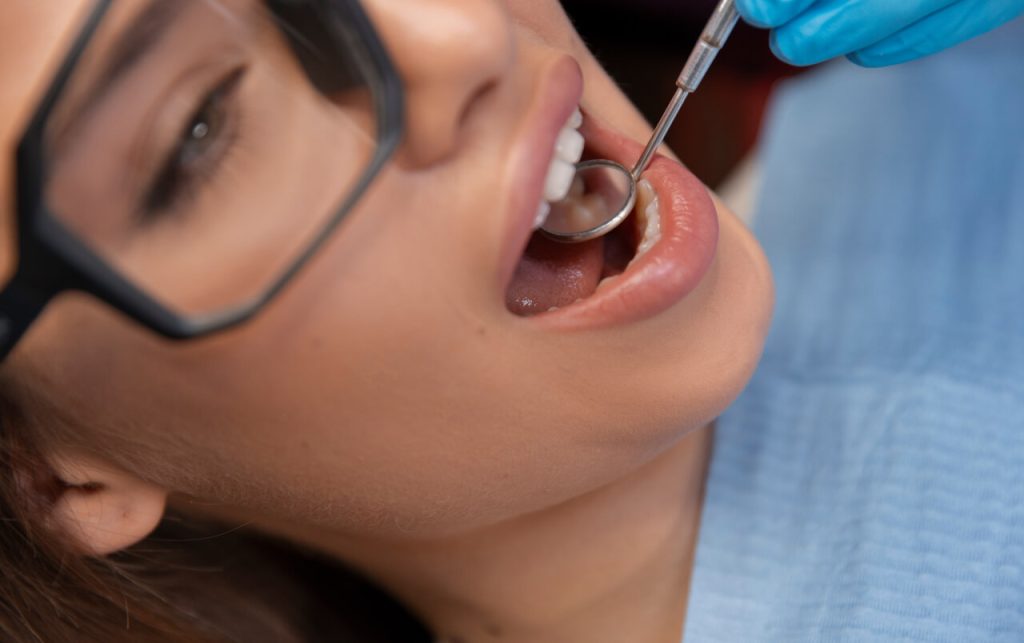Dental sealants are often seen as a simple solution for protecting teeth from decay, but many patients may not realize the nuances involved in maintaining their effectiveness over time. While sealants can be incredibly beneficial in preventing cavities, they are not a permanent fix and do require some attention to maintain their longevity. Understanding how long dental sealants last and knowing what to expect as they wear down can help you make informed decisions about your oral health. Over time, the lifespan of a dental sealant can vary based on a number of factors, including your lifestyle, oral hygiene habits, and even the type of sealant used. In this article, we will explore the critical details about dental sealants, what affects their durability, and how you can extend their effectiveness to keep your teeth protected for years to come.
What Are Dental Sealants?
Dental sealants are a preventive treatment designed to protect the vulnerable chewing surfaces of teeth, particularly the molars, from decay. These thin, plastic coatings are applied directly to the grooves and fissures of the teeth, creating a smooth surface that prevents bacteria and food particles from getting trapped. While sealants are most commonly associated with children, they can be beneficial for adults, especially those at a higher risk for cavities. What makes sealants unique is their ability to fill in deep grooves that regular brushing often misses, providing an extra layer of protection. The process is quick, painless, and non-invasive, making it a popular choice for proactive dental care. Not only do sealants guard against cavities, but they can also enhance the overall durability of teeth by reducing the chances of enamel wear over time.
How Long Do Dental Sealants Last?
The lifespan of dental sealants typically ranges from 5 to 10 years, but their durability can depend on several factors. The type of sealant material, the location of the sealed tooth, and the patient’s oral habits all influence how long the sealants will remain effective. For instance, sealants placed on the molars—the most used teeth—may wear down faster due to chewing and grinding forces. Additionally, patients who tend to grind their teeth or have a high sugar intake may experience sealant wear more quickly. Regular dental checkups are crucial as your dentist can monitor the integrity of the sealants. If any signs of wear or damage are detected, they can be repaired or reapplied, ensuring continuous protection against cavities. Sealants are a long-term investment in oral health, but like any preventive measure, maintenance is key to maximizing their lifespan.
Factors Affecting Dental Sealant Longevity
Several factors influence how long dental sealants last, and understanding them can help ensure their effectiveness in preventing cavities over time.
- Oral Hygiene Habits: Good oral hygiene plays a critical role in extending the lifespan of dental sealants. Regular brushing and flossing help prevent plaque build-up around the sealants, which can weaken the bond over time. Poor oral hygiene can also lead to the development of cavities beneath the sealant, which can compromise its function.
- Dietary Habits: The foods you consume can impact the wear and tear on dental sealants. Sticky, sugary foods and beverages can contribute to the breakdown of the sealant over time. Foods that are harder, such as ice, hard candy, or popcorn kernels, may cause sealants to chip or crack, especially if you chew them with the back teeth, where sealants are most often applied.
- Grinding and Clenching: Teeth grinding or bruxism can accelerate the wear of dental sealants. This typically occurs at night when individuals are unaware of their actions. The pressure exerted on the molars and premolars can cause sealants to crack, chip, or wear down prematurely.
- Type of Sealant Material: Not all dental sealants are the same. Resin-based sealants tend to be more durable compared to glass ionomer sealants, but they may require periodic reapplication. The material’s resistance to wear and its ability to bond with the tooth surface can affect how long it remains effective.
- Location of Sealants: Sealants placed on the molars typically endure more force due to chewing and grinding. As a result, they may wear down faster than sealants on the premolars or other teeth. Similarly, the depth and shape of the grooves in the teeth can affect how well the sealant adheres and its longevity.
- Age and Tooth Condition: Younger patients tend to benefit more from sealants, as their teeth are often less worn and more receptive to bonding. Over time, teeth may experience natural erosion or changes, which can affect the longevity of sealants. Similarly, patients with existing dental issues, such as misaligned teeth, might experience more stress on the sealants, reducing their durability.
By understanding these factors, patients can take proactive steps to preserve their dental sealants and ensure they provide the maximum protection against decay. Regular dental visits and maintaining a healthy oral routine are crucial for making the most of this preventive treatment.
When Should Dental Sealants Be Replaced?
Dental sealants can last for several years, but they may need to be replaced if certain signs of wear or damage occur. If a sealant becomes chipped, cracked, or starts to detach from the tooth, it no longer provides the same level of protection against cavities. Additionally, if the sealant’s surface becomes rough or worn down due to grinding or hard food consumption, it may not effectively seal the grooves and fissures in the teeth.
Regular dental checkups are essential for identifying these issues early. Your dentist will examine the condition of your sealants and recommend reapplication if necessary. If you notice increased sensitivity or if your child complains about discomfort in the areas with sealants, it could be a sign that they are due for replacement. Keep an eye on the sealants to ensure they continue offering optimal protection over time.
What to Expect Over Time with Dental Sealants
As dental sealants age, they gradually lose their effectiveness in protecting teeth from decay. Initially, they create a smooth, invisible barrier over the tooth’s grooves, preventing bacteria and food particles from getting trapped. Over time, however, the sealant may wear down due to regular chewing, tooth grinding, or exposure to acidic foods and drinks.
While sealants are durable, their protective function diminishes, and they can begin to show signs of wear after several years. You may notice slight changes in the texture of the treated teeth, such as roughness or discoloration. In some cases, minor cracks or chips can form, especially in children who are still growing. It’s important to have regular dental checkups to monitor their condition, ensuring that your teeth remain adequately protected and your sealants remain effective.
Conclusion
Dental sealants are an effective, long-lasting solution for protecting teeth from cavities, especially in children and those prone to decay. However, like any dental treatment, they require care and attention to ensure their longevity. Regular checkups are essential to monitor the condition of your sealants and ensure they’re still providing the protection your teeth need. If you’re concerned about the condition of your dental sealants or are wondering when to replace them, don’t hesitate to reach out to us at High Desert Dental.
Call (505) 888-2606 or visit us today to schedule your next appointment and keep your smile healthy!





